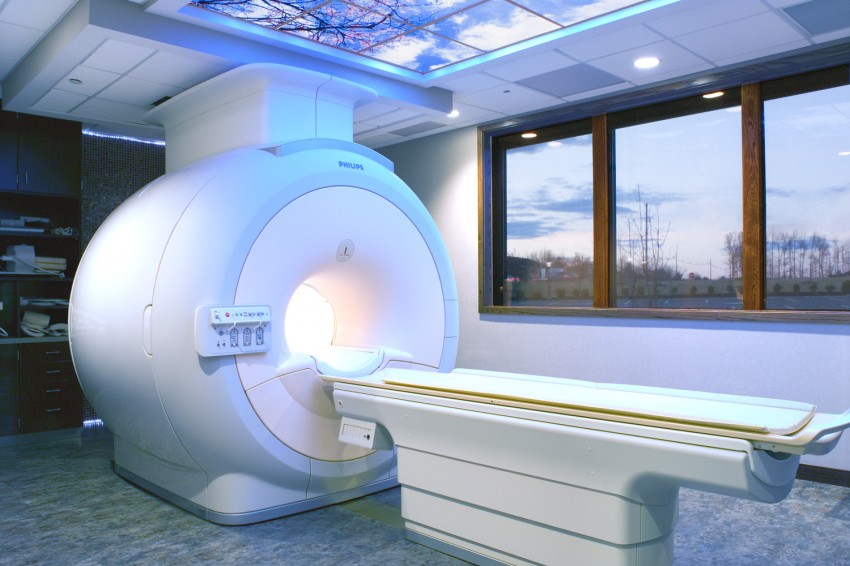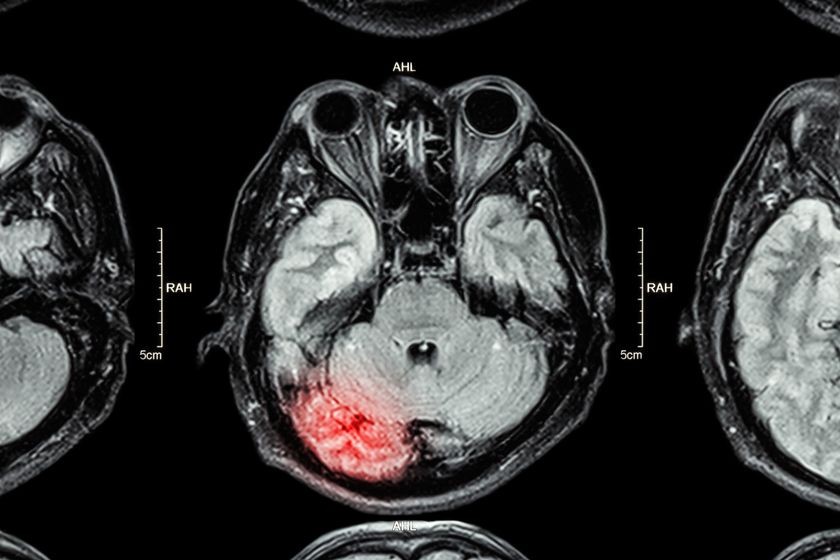
Everything You Need to Know About Pelvic Congestion Syndrome

If you are a woman and have chronic pelvic pain, you may have pelvic congestion syndrome, also known as PCS.
PCS is a chronic condition that causes pain in the lowest part of the pelvis. PCS occurs when blood accumulates in veins deep within the torso. The accumulation of blood causes the veins to bloat and twist, just like the varicose veins that can appear on the back of your legs. The bloated twisted veins in PCS are, in fact, varicose veins that develop deep within your body.
Up to 15 percent of women of childbearing age have varicose veins in their pelvis, according to Merck Manual, although not every woman with such veins experience symptoms of PCS. Many women with PCS do not realize they have a treatable condition.
How PCS Develops
PCS affects veins, which are part of the circulatory system that delivers blood. Arteries carry oxygen-rich blood from your heart to the far reaches of your body; veins carry blood back up towards your heart. Gravity helps your arteries carry blood downwards to your lower torso, but gravity makes it hard for veins to carry the blood back upward. Tiny valves in your veins open and close with every heartbeat, and this traps blood in small segments of the vein so it does not flow backwards.
Sometimes the valves can fail, though, and this allows blood to flow backwards and accumulate in veins surrounding the ovaries. The accumulation of blood causes the veins to become bloated, or “congested.” These congested veins press against nearby nerves to cause pain.
Symptoms of PCS
Symptoms of PCS often do not develop until a woman becomes pregnant, in many cases, and then the symptoms often continue after the pregnancy.
Pelvic pain is the main symptom of PCS. The pain is usually a dull ache, although it can be throbbing or sharp. PCS pain typically worsens throughout the day, particularly for women who sit or stand all day. The pain of PCS usually goes away after sleeping at night.
Pain of pelvic congestion syndrome can also worsen during intercourse or following sex and around menstrual periods. PCS pain may worsen after engaging in certain activities, such as horseback riding or bicycling.
Low back pain often accompanies pelvic pain. You might also have aching in your legs and abnormal vaginal bleeding alongside your low back pain. Some women occasionally experience clear or watery vaginal discharge with pelvic pain. PCS may also cause mood swings, fatigue, headaches and abdominal bloating.
Diagnosis and Treatment of PCS
Some doctors are unaware of PCS or fail to look for the condition, so the pelvic congestion syndrome often goes unnoticed. Fortunately, medical professionals are learning more about the condition every year and advances in imaging technology help doctors diagnose PCS. Doctors use imaging tests, such as ultrasound and magnetic resonance imaging (MRI) to diagnose PCS.
Treatment of PCS usually involves a procedure known as embolization, in which a doctor uses special techniques to close the affected vein to prevent blood from entering the blood vessel. The clinician then releases tiny coils that create controlled scarring, which reroutes blood to nearby veins. Embolization “empties” the varicose vein and relieves pressure on nearby nerves, effectively alleviating the pain of PCS.
Embolization is successful in 98 to 100 percent of all PCS cases, according to Clinical Advisor. The procedure brings relief within two to four weeks; research shows that most patients remain symptom-free for many years after embolization.
Embolization Procedure for PCS – What to Expect
During the embolization procedure, the clinician will insert a thin flexible tube into a large vein through a tiny opening in the groin. The doctor will advance the tube, or catheter, until it reaches the affected vein. The practitioner will use imaging, such as ultrasound, to guide the catheter to the correct position.
The physician will then inject a special chemical, known as a sclerosant, through the catheter. Vein specialists use sclerosants to treat varicose veins in other parts of the body. The chemical sclerosant irritates the inside of the treated vein; the irritation causes the vein to swell shut.
The embolization procedure requires only local anesthesia, so you don’t face the risks associated with general anesthesia. You may opt for mild sedation to help you relax.
After treatment, the doctor will cover the catheter insertion site with a bandage. Your doctor may recommend over-the-counter pain medication to relieve mild discomfort from the embolization procedure.
Interventional specialists perform embolization on an outpatient basis, so you can go home after the procedure. Embolization has a short recovery time, which means you can get back to your regular routine soon after the procedure.
If you think you have PCS, talk with your doctor. Pelvic congestion syndrome is an uncomfortable condition that can negatively affect your quality of life. Fortunately, treatment for PCS can help you live free from pelvic pain.




